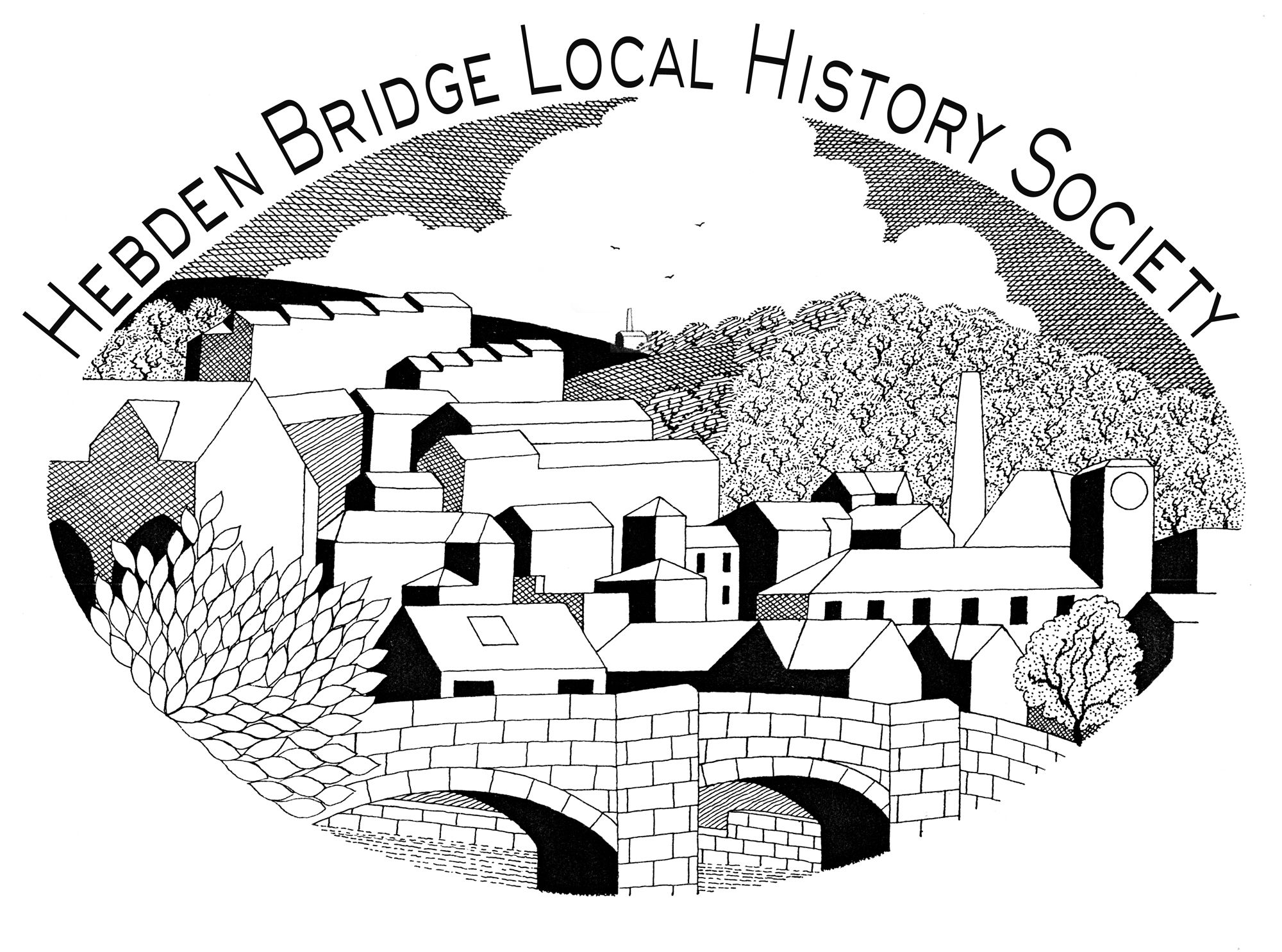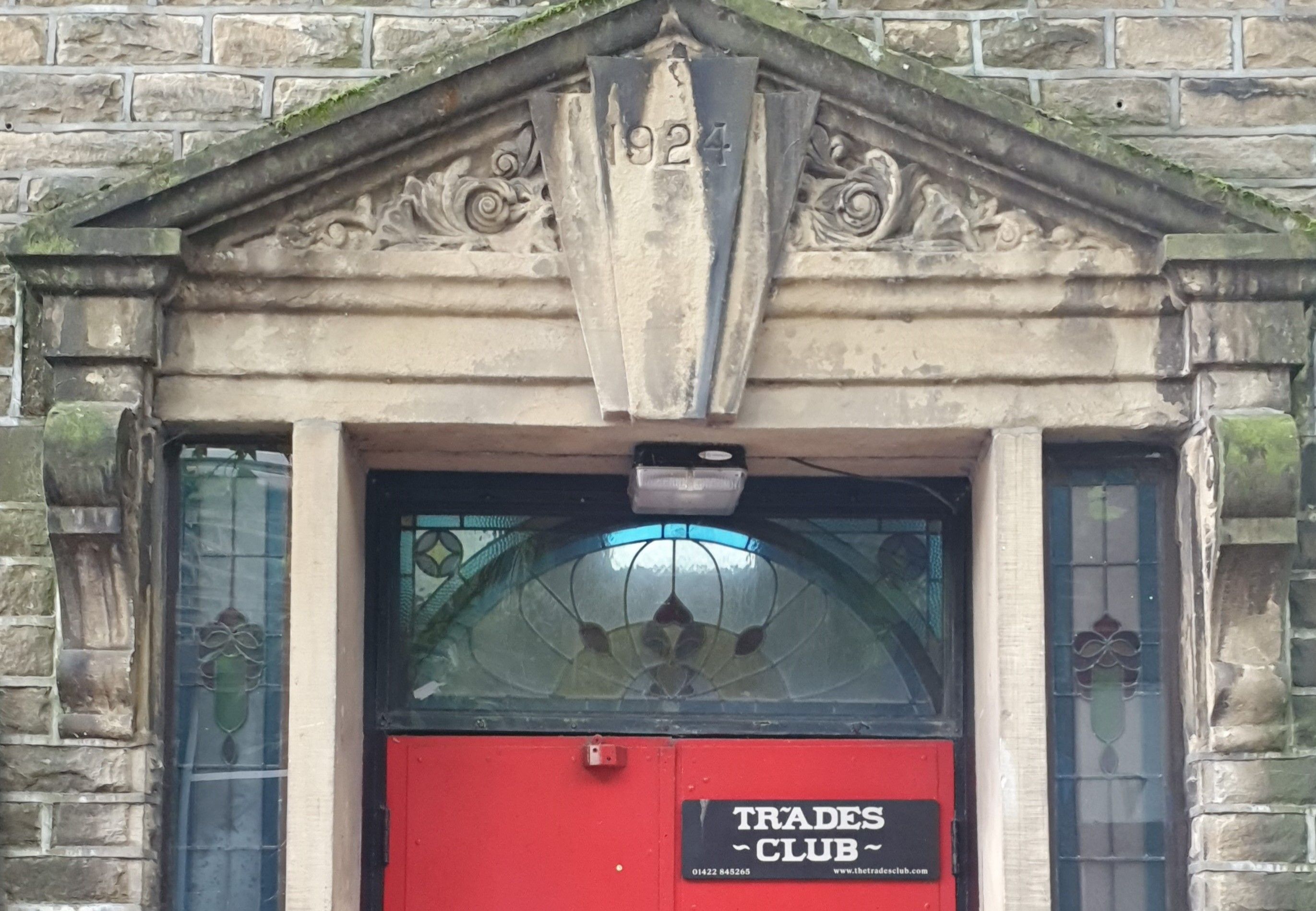The Hebden Bridge Trades Club, a much loved institution which celebrates its Centenary this year, stands also as a memorial of a time of political change, as for the first time Britain elected a Labour Government. Alan Fowler, a longstanding member of the Hebden Bridge Local History Society, and with encyclopaedic knowledge of local Labour and Trades Union history, delivered the third in a trilogy of lectures introducing some of the remarkable local men who were steering the Labour Movement.
The building of the Trades Club was planned at a time when trades unionism and the Labour party were growing in influence. A move from rented accommodation to a purpose-built centre for meetings and social events was seen as crucial in establishing Labour as a contender for power. Most of the funding for the venture came from three trades unions which epitomised the industry of the upper Calder Valley: cotton weavers, woolworkers, and garment makers. Land was purchased from the Co-op and when the foundation stones were laid in May 1924, Tom Shaw, the minister of Labour in the first Labour Government, gave a rousing speech to the crowd which gathered in the shelter of the brass band room.
The idea of working men forming a government aroused some snobbish incredulity: George V after meeting with his first Labour prime minister asked ‘ what would grandma have thought of this?’ (grandma of course was Queen Victoria).
Tom Shaw was one of those working men with intelligence and commitment to self-improvement. As a Union official he had to reach a good level of mathematics to keep stock of the complicated piece-work rates. And working at his looms in Colne, he taught himself French and German with a level of proficiency such that when he joined a delegation to the Soviet Union in 1920, he was able to speak directly to the Russians who spoke at least one of his languages. In his speech in Hebden Bridge, Shaw described solid and dependable local men such as Philip Snowden from Keighley who had Yorkshire seriousness on his side as Chancellor of the Exchequer.
These years in the early 1920s were difficult times. There were a million unemployed and the scheme for unemployment benefit was being overwhelmed, even with an extension of the benefits paid in a form of ‘dole’. There was a fear of social consequences if people were forced into workhouses. The unstable minority Labour government failed. By the time the Trades Club officially opened on February 14th 1925, Labour was in opposition.
But there was momentum and the building in Hebden Bridge with its excellent billiard room and sprung dance floor was a statement that Labour was firmly part of the community. The key figure at the formal opening was J W Tout, Secretary of the Todmorden Weavers Association, who had been MP for Oldham, and was to become the Calder Valley’s first Labour MP in the General Election of 1929, which Labour won nationally.
The Trades Club had played a significant role in organising and winning locally.

